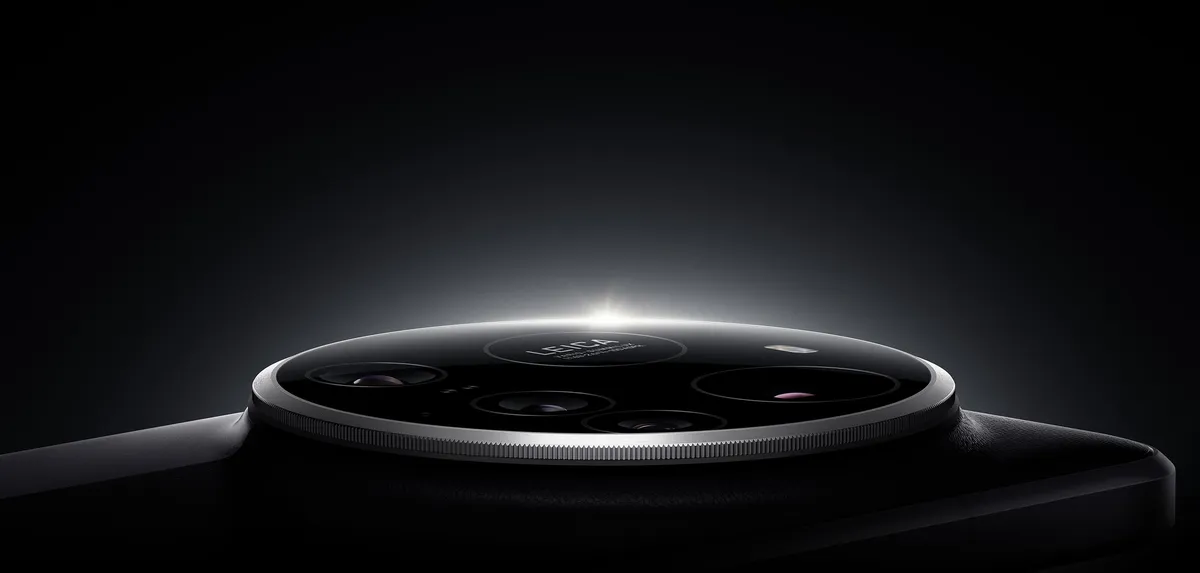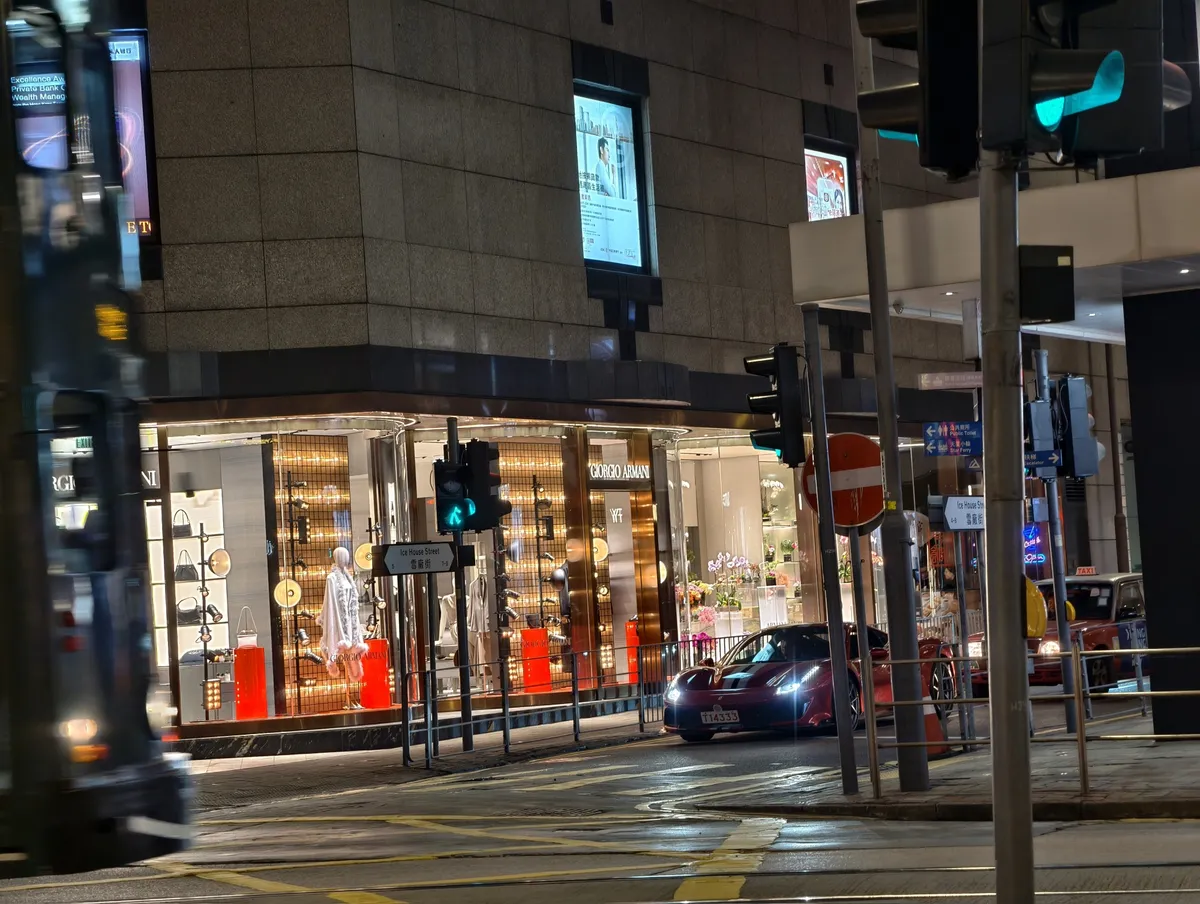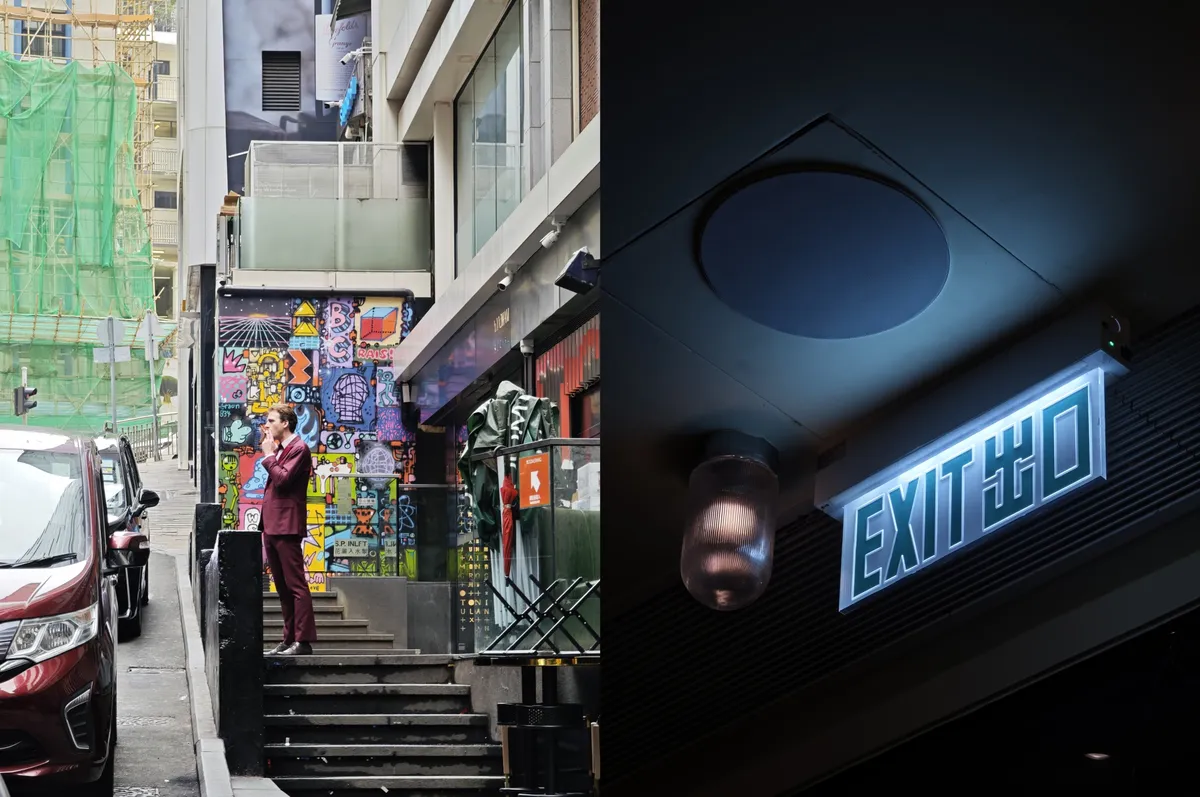
Xiaomi 15 Ultra.Xiaomi Corp.
By Vlad Savov
March 4, 2025 at 12:02 PM UTC
Far out
Xiaomi Corp. and Vivo are the new champions of mobile cameras, marking the first time in many months that anyone’s had a clear-cut advantage in the smartphone photography arms race.
The reason? Zoom cameras.
I’ve been testing Vivo’s X200 Pro and Xiaomi’s 15 Ultra for over a month each, and the photos their zoom cameras deliver are unprecedented in their sharpness and quality. What had until this autumn been mostly a gimmick — telephoto cameras habitually delivered lesser results than the “main” wide-angle shooters on most phones — is now a genuinely respectable shooting option.
Yes, smartphone makers have been selling us zoom photography for years, but that’s like saying you could shoot at night before the days of dedicated night modes, as pioneered by Alphabet Inc.’s Google Pixel handsets. If low-light photography has a pre-Pixel and post-Pixel era, zoom technology just experienced a similar sort of step change.
Vivo got the ball rolling with the €1,299 ($1,350) X200 Pro late last year. Its 3.7x zoom camera yields results that are almost indistinguishable in quality from its most powerful main camera. Here’s an example of an effortless late-night zoom shot:

Photographer: Vlad Savov/Bloomberg
Xiaomi, meanwhile, raised the stakes with its €1,499 15 Ultra, unveiled at Mobile World Congress in Barcelona on Sunday. Its best zoom performance is at 4.3x, making for even more intimate shots, and you can see a couple of examples below or take a closer look over on my X account.

Shot with Xiaomi 15 Ultra at 4.3x zoom.Photographer: Vlad Savov/Bloomberg
Predictably, neither device is destined for the US market, unless you choose to import it yourself like a Temu operator. These handsets are targeting China’s competitive domestic market and Europe’s premium segment. I’m sure both companies would love to show their superiority over what Apple Inc.’s iPhone and Samsung Electronics Co.’s Galaxy devices can produce in America. But Chinese vendors have a hard time securing distribution in the US, with just a few exceptions such as OnePlus.
Still, European consumers in the market for a smartphone have a very interesting proposition ahead of them this year. Not least because, given the close contest among Chinese manufacturers, I expect Oppo and Honor Device Co. won’t be far behind. Xiaomi’s approach to improving camera performance is fairly simple: spend big on the best camera sensors from Sony Group Corp. and Samsung, and ally with Leica Camera AG for the best possible optics. Oppo has a similar strategy with Hasselblad A/S, while Vivo has a partnership with Carl Zeiss.
Once we see more of these top-notch zoom-camera phones out in the wild, the result is likely to be a more varied social media aesthetic. One subtle thing we’ve not talked much about as smartphones have become most people’s primary camera is that so many of our mementos are now wide-angle shots. That format is well suited for capturing sweeping scenes or large groups, but it lacks the impact of singling out one person in a crowd or one detail in a busy street scene. I’m excited to see people get more creative once they’re equipped with better hardware.
For all this fanfare, let me also say there’s room for improvement. Xiaomi and Vivo have a specific zoom level at which they perform best, and still more can be done. And their software, adding layers of customization atop Google’s Android, is at best underwhelming and at worst a serious hindrance to using their devices. They provide duplicate apps to what Google has built for Android and refuse to allow the removal of some of their own apps — something that even Apple is now comfortable with.
I don’t hold out much hope that Samsung or Apple will make comparable leaps in image quality, as they only have each other to compete with in the critical US market. But this extra jolt of quality from Chinese handsets will make for less samey photos for us all to peruse on Instagram and beyond.
https://www.bloomberg.com/news/newsl…ple-and-google
lama lama samsung dan apple mahal cuma karena merek doang